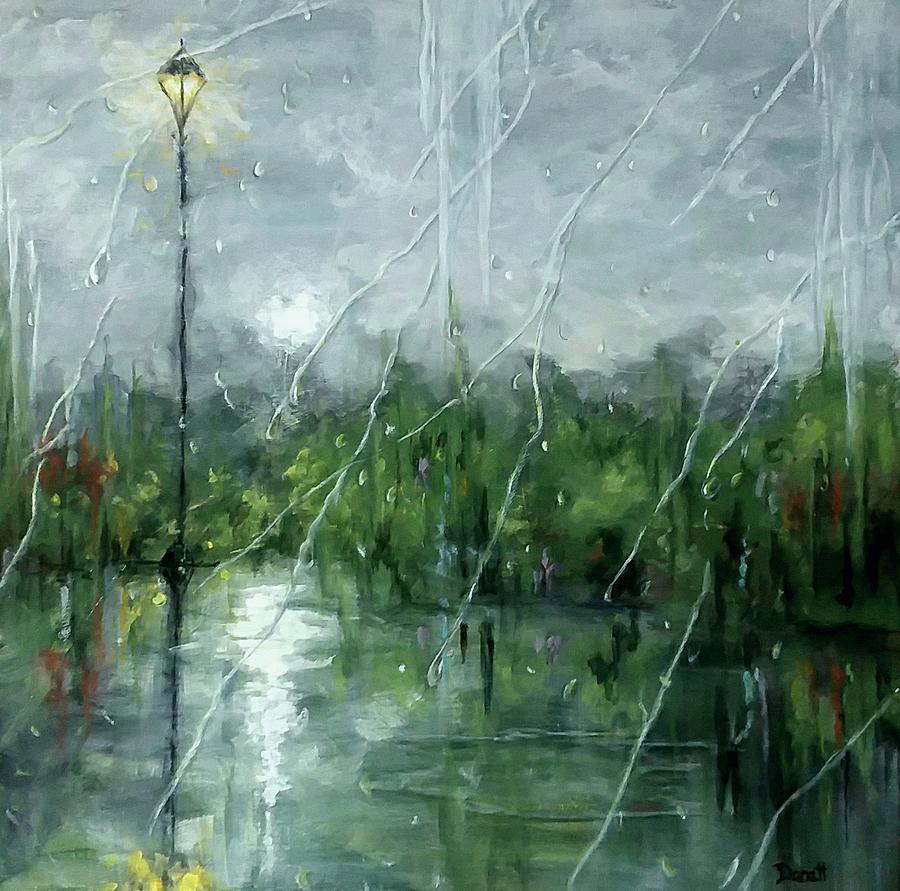

This is the point at which you put your hood up or unfurl your umbrella, captured so eloquently in those carefully projected ripples.

It was possibly Gustave Caillebotte who broke fresh ground in the closely-observed ripples in Rain on the Yerres (1875). Wikimedia Commons.Īs far as I can see, the first faithful painted descriptions of falling rain came with the French Impressionists in the late nineteenth century. Gustave Caillebotte (1848–1894), The Yerres, Effect of Rain (1875), oil on canvas, 80.3 x 59.1 cm, Sidney and Lois Eskenazi Museum of Art at Indiana University, Bloomington, IN. It took Turner’s impressions to incorporate Rain, Steam, and Speed – The Great Western Railway in 1844, but I don’t feel his rain running down my neck. Courtesy of and © 2018 The National Gallery, London. Joseph Mallord William Turner (1775-1851), Rain, Steam, and Speed – The Great Western Railway (1844), oil on canvas, 91 x 121.8 cm, The National Gallery (Turner Bequest, 1856), London. But in paintings, such rain streaks didn’t appear until relatively recently, as far as I can see. Even Cerberus, the fearsome three-headed canine monster which guards this circle, is soaked by the unceasing rain. This shows The Gluttons (1587) suffering pouring rain, snow and huge hailstones. We’ve become used to graphic artists depicting rain with oblique streaks descending down the image, as used so effectively by Jan van der Straet in this engraving for the Third Circle of Dante’s Inferno. Jan van der Straet, alias Giovanni Stradano (1523-1605), The Gluttons (1587), further details not known. In a studio, of course, it’s hard to observe the subtle effects that falling rain has on the world around us, and trying to paint when both you and your work are getting wet is not just unpleasant, but was claimed to be the death of several artists, including Paul Cézanne.

Painting in the rain is quite a challenge to the artist. This weekend’s pair of articles ‘celebrates’ paintings not of distant showers (if only they did keep their distance), but of actually being in the rain. Drizzle, showers, downpours, mizzle, stair-rods – over the winter we get the lot, sometimes all in the same day. It’s that time of year, with ‘February Fill-Dyke’ fast approaching, that we’re getting used to rain.


 0 kommentar(er)
0 kommentar(er)
